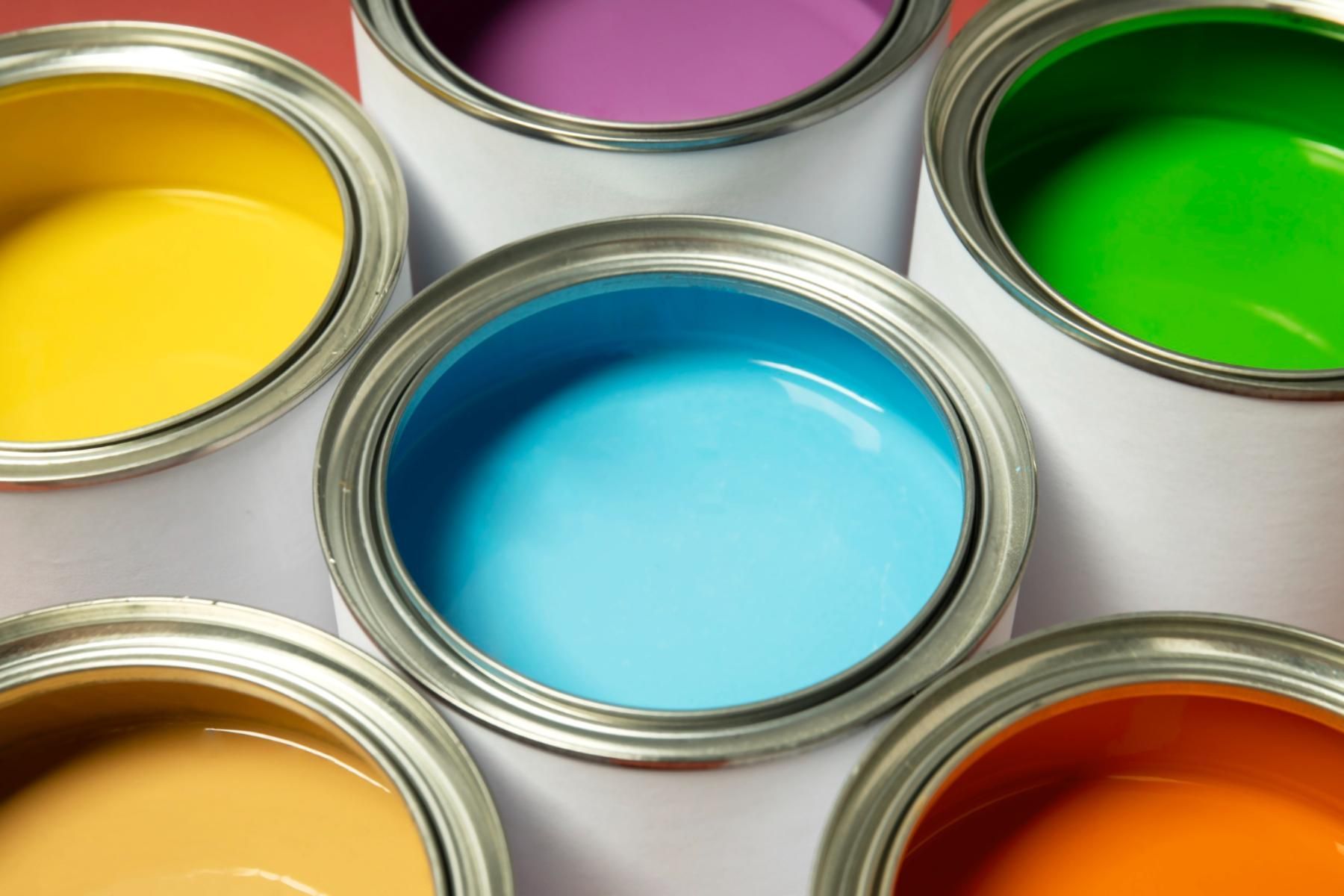Choosing the Right Paint Finishes for Commercial Spaces
The choice of paint finishes can greatly impact the overall look and feel of a commercial building. Factors such as durability, maintenance, lighting conditions, and traffic usage all play a role in determining the best paint finish for each area within a commercial space, not to mention whether or not it looks good. To avoid a major mistake in how you paint your space, we will guide commercial property owners and managers through the selection process, providing recommendations for different areas and discussing important considerations.
Types of Paint Finishes
Venturing into the paint aisle can easily become overwhelming due to the sheer number of options available. To simplify the process, learn the different types of paint finishes and their best applications.
Flat Finishes
Flat finish, also known as matte, is one of the most common finishes due to its non-reflective quality. It's excellent at hiding imperfections on walls and ceilings, making it a popular choice for older buildings. However, it's less durable and can be difficult to clean, so it's best suited for areas with low traffic such as private offices or conference rooms.
Eggshell Finishes
An eggshell finish has a slight sheen, similar to the surface of an actual eggshell. This finish is more durable than flat paint and easier to clean. It's a good choice for areas that see moderate traffic, such as waiting rooms or admin offices.
Satin Finishes
Satin finishes offer a subtle glow, making them a great pick for walls that require frequent cleaning. They are more durable than eggshells, and their easy-to-clean properties make them perfect for high-traffic areas like hallways or children’s spaces.
Semi-Gloss Finishes
Semi-gloss finishes are even more durable and have a noticeable sheen. They're highly resistant to moisture, making them perfect for areas exposed to water or steam, such as restrooms or kitchen areas.
Gloss Finishes
Gloss finishes are shiny and highly reflective, providing a modern and chic look. They're the most durable and easiest to clean, but they highlight imperfections. That's why they're best used on surfaces that are smooth and blemish-free such as doors, trim, or furniture.
Choosing the Right Paint Finish for Different Commercial Areas
In a commercial setting, different areas have varying levels of usage and requirements. Here's a guide to help you select the right paint finish for each area:
Interior Walls and Ceilings
For interior walls and ceilings, eggshell and satin finishes are usually the best choices. They offer low to moderate sheen and can hide minor imperfections. Due to their increased durability and cleanability, they can handle moderate traffic and wear.
Hallways and Corridors
Hallways and corridors are high-traffic areas that require durable and easy-to-clean finishes. Satin and semi-gloss finishes are ideal as they can withstand frequent cleaning and are resistant to scrapes and bumps.
Restrooms and Kitchens
In restrooms and kitchens, moisture and humidity are common, making semi-gloss and gloss finishes the best choices. These finishes resist moisture well and can be easily cleaned.
Exterior Surfaces
For exterior surfaces, consider the building's exposure to weather conditions. Semi-gloss and gloss finishes can withstand harsh weather conditions and are easy to clean, making them perfect for building exteriors. Just take care to avoid damaging them, as imperfections are more visible with these finishes.
Factors to Consider When Selecting Paint Finishes
Apart from the area’s usage, remember to consider some other important factors when choosing paint finishes. More durable finishes can resist wear and tear and are easier to clean. Lighter finishes are ideal for darker spaces, while glossier finishes can help reflect light. High-traffic areas need durable and easy-to-clean finishes to stay looking their best. Finally, the finish should complement the overall design of the space.
When you account for details like this, you can make the most out of an area’s paint job. Planning out the aesthetics of your commercial space ahead of time can assist with this, as you’ll know what kind of considerations are most important for each spot in the property.
Application and Maintenance Tips
Proper application and maintenance can extend the lifespan of your paint job. Use the right tools and techniques for different finishes to ensure a uniform look. The easiest way to know how to do this is by following manufacturer guidelines, both for the application and for cleaning and maintenance to keep the finish looking its best. If you’re having trouble at any stage, don’t hesitate to call in the professionals for assistance.
Paint Your Space With the Right Finish for Business Success
The right paint finish can enhance the look of your commercial space while also meeting functional requirements. By considering factors like durability, lighting, traffic, and design, you can find the best paint finishes for each area in your commercial space. Remember, the key to choosing the right paint finish is understanding each finish's unique properties and matching them with your space's needs. Follow up with the proper application techniques and maintenance to keep the finish looking fresh and attractive, and your space will look great and attract customers for years to come.


